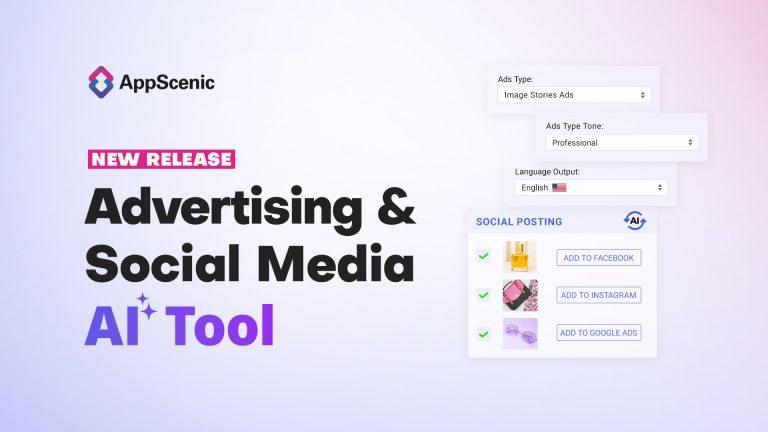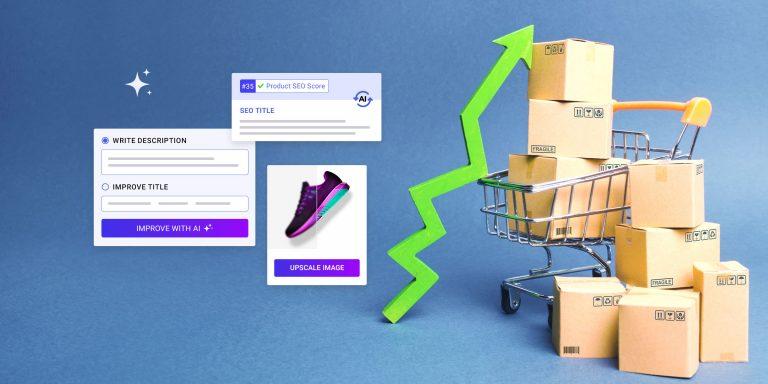In the world of dropshipping, being successful is linked to how fast you can secure high-quality products at competitive prices while maintaining a reliable supply chain.
And, of course, at the heart of this lies one of the most critical aspects of your business: supplier negotiations. If you’re serious about scaling your dropshipping business and maximizing profitability, mastering the art of negotiation with suppliers is more than beneficial, it’s actually essential.
Now, we want to make this clear right from the start: supplier negotiation isn’t just bargaining over prices. It’s a strategic dance that requires preparation, understanding, and a bit of finesse.
In this article, we’ll explain the importance of strategic supplier negotiations, analyze key tactics to use when negotiating, and offer insights on how to build strong, lasting relationships with your suppliers that drive long-term success.
Table of Contents
Why supplier negotiations matter in dropshipping
Before we explore a few strategies and tactics, it’s important to first understand why supplier negotiations are so crucial for every dropshipping business.
1. Cost efficiency and profit margins
Now, your profit margins directly depend on the cost at which you procure your products. The lower the cost of goods sold (COGS), the higher your profit margin. This means that every dollar saved through effective negotiation directly impacts your bottom line.
Negotiating better rates, discounts, or favorable terms can provide you with a competitive edge in the market, allowing you to price your products more attractively without sacrificing your profitability.
If you choose to work with a platform like AppScenic, then we will do this negociation for you so you can have access to products with the best possible prices.
2. Product quality and reliability
Beyond pricing, negotiation is also about ensuring product quality and reliability. The last thing you want is a supplier who cuts corners or provides inconsistent quality.
Through strategic negotiation, you can set clear expectations and standards with your suppliers, ensuring that the products you sell meet your customers’ expectations and reduce the risk of returns or negative reviews.
Again, once you opt for a dropshipping platform like ours, we’ll do this for you, as we vet all our suppliers, making sure they follow strict quality rules.
3. Shipping terms and lead times
In the age of Amazon Prime, customers expect fast and reliable shipping. Negotiating favorable shipping terms, including shorter lead times, lower shipping costs, and better packaging, can significantly enhance your customer experience.
A good supplier relationship, built on trust and mutual understanding, can ensure that your products are always shipped on time and arrive in perfect condition.
4. Flexibility and adaptability
Finally, strong supplier relationships built through effective negotiation offer flexibility. Whether you need to scale up production quickly due to a sudden surge in demand, introduce new products to your catalog, or handle unforeseen disruptions, having a reliable supplier willing to work with you can make all the difference.
How to prepare for supplier negotiations
Like any negotiation, preparation is key. You wouldn’t walk into a job interview without doing your homework, right? Well, supplier negotiations are no different. Here’s how you can set the stage for successful negotiations.
1. Do your research about the supplier and the market
Knowledge is power. Before you even start negotiating, you need to have a deep understanding of the supplier’s business, their products, and the broader market landscape. Research the supplier’s history, reputation, and product quality. Look at reviews and testimonials from other businesses they’ve worked with.
At the same time, understand the market rates for the products you’re looking to source. What are your competitors paying? Are there alternative suppliers who offer similar products? Having this information not only gives you leverage but also shows the supplier that you’re informed and serious.
2. Know your BATNA (Best alternative to a negotiated agreement)
Your BATNA is your fallback option if negotiations with your current supplier fall through. Knowing your BATNA gives you confidence in negotiations because it provides a safety net. If the supplier doesn’t meet your terms, you know what your next best option is.
It also strengthens your position since it prevents you from accepting unfavorable terms just because you feel you have no other choice.
3. Understand the supplier’s needs and constraints
Negotiation is a two-way street. To negotiate effectively, you need to understand what the supplier values and what constraints they operate under. Are they looking for long-term partnerships? Are they trying to move surplus inventory? Do they face cash flow constraints that make upfront payments more appealing?
Understanding these factors can help you tailor your negotiation strategy to find mutually beneficial solutions.
4. Set clear objectives and limits
Before entering negotiations, set clear objectives for what you want to achieve. Are you looking for a better price, shorter lead times, or higher-quality packaging?
Additionally, set limits on what you’re willing to accept. Knowing your walk-away point ensures that you don’t end up agreeing to terms that aren’t beneficial to your business.

Tactics for successful supplier negotiations in dropshipping
Once you’re prepared, it’s time to start talking with the supplier. Here are some tried-and-tested tactics to help you negotiate effectively.
1. Build rapport and wstablish trust
Negotiation isn’t just about numbers; it’s about relationships. Start by building rapport with your supplier. Be professional, but also personable. Show genuine interest in their business and build a connection. A supplier who trusts you is more likely to be flexible and accommodating.
2. Leverage volume and long-term potential
If you’re looking to place large orders or plan to build a long-term relationship, use this as leverage in negotiations. Suppliers are often willing to offer better rates or terms for customers who can guarantee ongoing business. Highlight your growth potential and how a partnership with you could be mutually beneficial.
3. Negotiate beyond price
Price is just one aspect of the negotiation. Don’t get fixated on it. Negotiate on other fronts as well, such as payment terms (e.g., net 30 or net 60), shipping costs, exclusivity agreements, or return policies. Sometimes, small concessions in these areas can add up to significant savings and advantages.
4. Use silence as a tool
Silence can be a powerful negotiation tool. When a supplier makes an offer, don’t feel the need to immediately fill the silence. Sometimes, a pause can pressure the supplier to improve their offer. It’s a psychological tactic that can work wonders if used sparingly.
5. Ask open-ended questions
Rather than making demands, ask open-ended questions that encourage the supplier to offer solutions. For example, instead of saying, “We need a 10% discount,” ask, “What can we do to make this partnership more cost-effective for both of us?” This approach promotes collaboration rather than confrontation.
6. Be willing to walk away
This is perhaps the most important tactic of all. If the negotiation isn’t going in your favor and you’ve reached your limit, be prepared to walk away. This doesn’t mean ending the relationship altogether, but it shows the supplier that you’re serious and have alternatives. Sometimes, this alone can be enough to bring the supplier back to the table with better terms.
Building long-term relationships with suppliers
Negotiation is not a one-time event; it’s the start of a long-term relationship. Here’s how you can maintain a strong relationship with your suppliers to ensure continued success.
1. Communicate regularly and transparently
Keep the lines of communication open. Regular check-ins and transparent communication help build trust and address any issues before they escalate. If you’re facing delays in payment or anticipate a sudden surge in orders, inform your supplier in advance. A proactive approach is always better than a reactive one.
2. Honor your agreements
Trust is a two-way street. Make sure you honor your commitments. If you agree on payment terms or order volumes, stick to them. Reliability breeds trust, and a supplier who trusts you is more likely to go above and beyond for you.
3. Provide constructive feedback
If there are issues with the products or service, provide constructive feedback rather than making demands or accusations. Approach problems as opportunities for improvement. Suppliers appreciate honesty and are often willing to make changes to maintain a positive relationship.
4. Show appreciation
Sometimes, a little appreciation goes a long way. Whether it’s a simple thank you email or recognizing their efforts publicly, showing appreciation can strengthen your relationship with your supplier. They’re more likely to prioritize your needs if they feel valued.
The art of supplier negotiation
Mastering supplier negotiations is both an art and a science. It requires preparation, strategy, empathy, and a willingness to walk away when necessary. But when done right, strategic negotiations can significantly grow your dropshipping business, helping you secure better prices, ensure product quality, and build a reliable supply chain.
Read next: The Reality of Dropshipping Success: Debunking Myths











